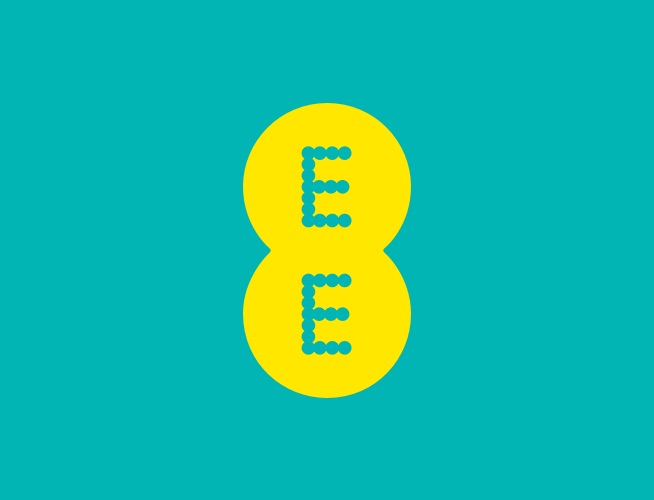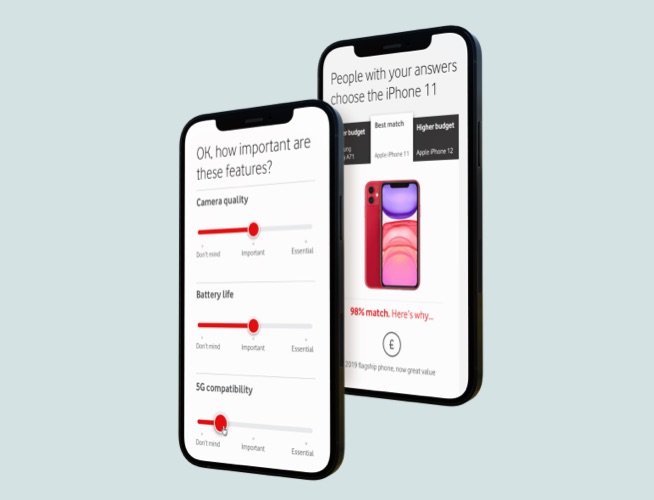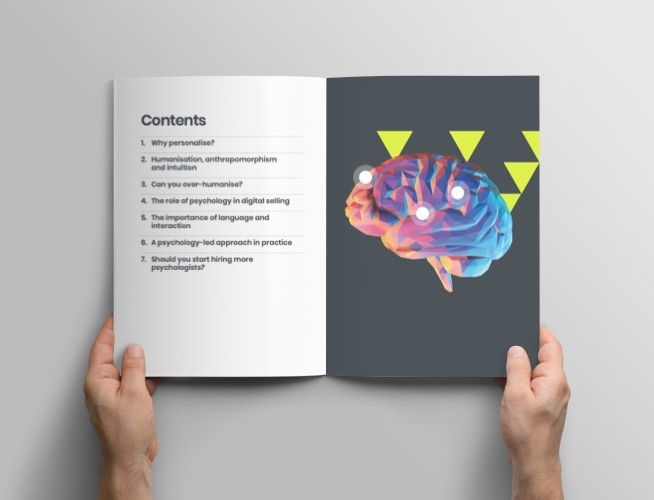With travel grinding to a halt and car showrooms forced to close their doors in 2020, OEMs (Original Equipment Manufacturers) and in-store automotive retailers suffered one of the biggest hits of the pandemic. And, as industries that have traditionally sold in-person, they were slow to adopt the digital shift that so many other retail sectors turned to and depended on for survival.
Meanwhile, online-only automotive companies thrived: Cazoo saw revenues up by 267% in Q3 2021, Carwow reported its highest performance in March 2021, and GForces saw a 1228% increase in cars purchased through its online platform in 2020.
The success of these ‘digital disruptors’ has highlighted the drastic need for change within the automotive industry – a shift which is welcomed by consumers: a study by CarGuru found an increasing demand for online car shopping, with 60% of respondents saying they’d prefer to do more of the car-buying process at home.
And, while traditional showrooms are unlikely to disappear anytime soon, there’s no doubt that, alongside in-store selling, digital sales will now become a firm feature of the most successful automotive companies, many of which are already investing in online – Volvo aims to sell 50% of its global volume online by 2025, and Audi underwent a complete digital transformation to improve the online experience for both pre and post vehicle sale.
Whether you’re ready to offer your full sales cycle online or not, consumers now expect, at the very least, to make car buying decisions on the web, then visit or call the showroom to sign on the dotted line. If your company can’t offer this yet, now is the time to get started.
Drawing on in-store expertise
Transitioning from in-person sales to the world of eCommerce can feel daunting. But it doesn’t have to be. Rather than requiring a whole new way of thinking, shifting to a digital presence involves drawing on existing industry expertise and translating the most successful aspects of face-to-face selling online.
To get you started, we look at three key elements of in-store selling that, when executed correctly in the online world, will open the door to eCommerce success.
1. Simplify and support the customer journey
Without an experienced salesperson to guide them, buying a new car can be a minefield for consumers. In addition to finding the right car for their needs, there are bespoke features to consider, plus a gauntlet of upsells to get their heads around – on average, consumers spend more than nine hours researching vehicles.
Just like the in-store experience, online customers want a simple process that expertly guides them and listens to their needs. If your customer journey is overly complex, prospects may abandon it altogether, whereas a simple and well-executed journey that assists customers in making informed decisions will result in an uplift in sales, increased retention and higher levels of customer satisfaction.
To simplify your online experience, you need an easy-to-navigate journey that takes customers seamlessly from browsing to buying. Ideally, your customer journey would be led by online conversations that guide prospects through the research phase and steer them towards a no-hassle sale.
What this looks like in practice
At 15gifts, we guide customers through their online journey using a sophisticated guided selling platform with a simple user interface. Our award-winning platform engages customers at the browsing stage, then launches a digital conversation that gives them the right level of information to support their search and build confidence.
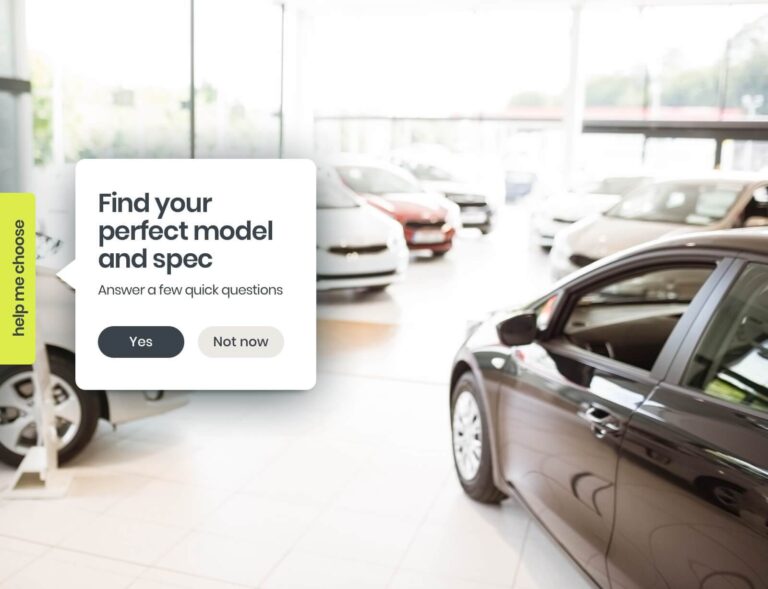
2. Personalise the customer experience
Delivering a personalised service is the hallmark of every exceptional salesperson. In a car showroom, the salesperson gauges each customer type from the moment they walk through the door, then tailors an introduction accordingly and personalises the conversation as it develops.
If the customer knows which car they want, the salesperson reassures them about their choice and suggests suitable upsells; if the customer doesn’t know what they want, they ask key questions about their family size, hobbies and budget etc, before suggesting the vehicles that would best suit their needs.
Your customers are looking for the same level of personalisation online, and they expect it to begin soon after they arrive on your website. One way to do this is by tracking which web pages they navigate to and what they search for, then inferring what their buying intent is and personalising their experience with products and offers that are most likely to resonate.
To personlise further, you need to dig deeper into their buying aims and preferences. Online conversations are one of the best ways to gather this information – with a guided selling engine, chatbot or live chat platform, you can speak directly to the customer about their buying motivations, just like an in-store salesperson would.
What this looks like in practice
The 15gifts engine tracks online behaviour to gain early insights into which product sets a customer is most likely to be interested in, and our guided selling platform launches a conversation based on this information.
Our platform then guides customers through a naturally evolving question journey that is personalised in real time – we respond to each customer’s unique preferences and needs, and suggest realistic budgets and personalised upsells, based on their answers.
This personalised buying experience not only leads to more sales, it also builds brand loyalty, customer satisfaction and retention – buyers are more likely to feel a connection with a seller who has listened to and responded to their needs; they’re also more likely to tell their friends to shop there.
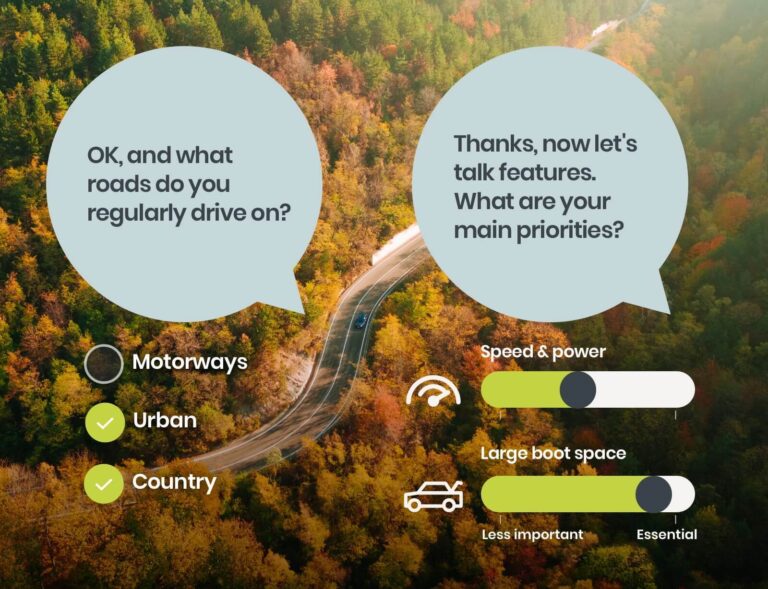
3. Reduce and refine your product suggestions
Once an in-store salesperson has listened to the customer and built trust through a personalised conversation, they use their product expertise to pinpoint particular vehicles that best suit the customer’s needs; they don’t simply wave a hand over the showroom floor and say ‘choose any of the 100 or so cars we have here today.’
Why then, do most automotive websites take the latter approach and bombard customers with a vast selection of products that only serves to overwhelm? With the right digital selling platform in place, there really is no need.
Instead, use the information gathered through your digital sales journey to refine your product suggestions and only show those that match the customer’s needs. Support these recommendations with enough information to help customers make informed decisions, and you not only boost your chances of a faster sale, you also showcase your brand’s expertise in understanding both your products and your customer’s needs.
What this looks like in practice
At 15gifts, we make the buying decision easier for customers by only suggesting products that strongly match their preferences. We do this by scoring products against their answers in the question journey and assigning each product a ‘match score’. All primary recommendations, for example, are likely to have a match score of 95-100%. And we know that the products we show are those most likely to convert, thanks to our deeper analysis of what similar customer types have bought in the past.
To help customers buy with even greater confidence, we frame best-match products with next-best alternatives – a next-best car could, for example, cost slightly more than the set budget but be a newer model, or be under budget but offer fewer of the features they wanted. This idea of ‘framing’ is based on the psychological theory that customers buy with greater confidence and make more informed choices when they can compare primary items with alternatives.
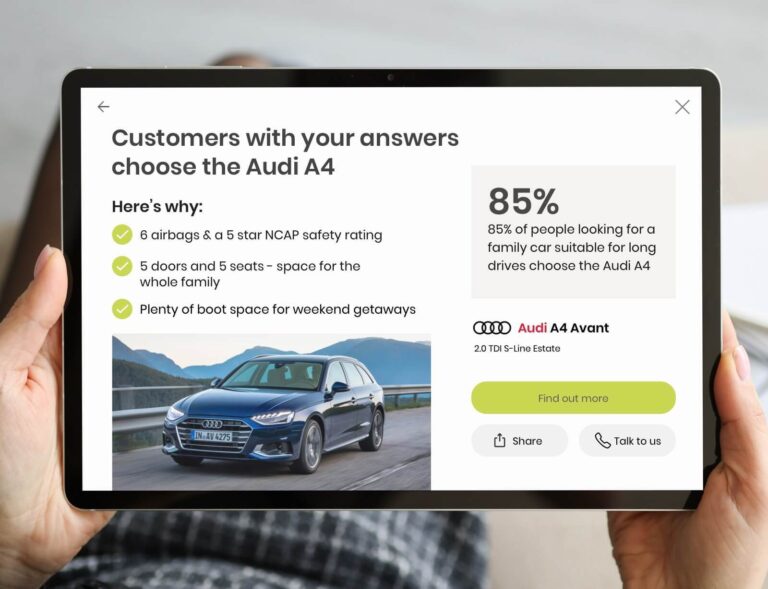
Creating your digital showroom
Online selling is something that the automotive industry can no longer ignore, yet the prospect of implementing a digital selling platform can feel unnerving. If you’re just looking to do the basics, then it needn’t be – the key is to keep the core elements of successful in-store selling in mind, and make sure that these resonate within your customer journey.
If you’re looking to create a more sophisticated platform, then you’ll need to invest more time or could consider outsourcing to experts. Many companies choose the latter, working alongside digital selling experts who – in addition to expertly guiding your customers through the sales journey, personalising their experience and showing a product selection that has the best chance of conversion – can offer unique capabilities that help brands stay ahead of the curve.
At 15gifts, for example, we give brands a competitive advantage through bespoke features like our psychology-led question journeys and our Profiles capability, which understands the ‘why’ behind customer decisions and can be used to power on-site personalisation and off-site retargeting, as well as improved chat interactions for prospects.
Whatever digital approach you decide to go for, the time to act is now. The brands that are agile enough to embrace this digital shift successfully are the ones that will thrive and, potentially, are the only ones that will survive in the automotive industry’s new digital era.
To find out more about the 15gifts guided selling platform and how we could transform your digital selling journey, drive uplift and increase customer retention, get in touch or book a demo below.

